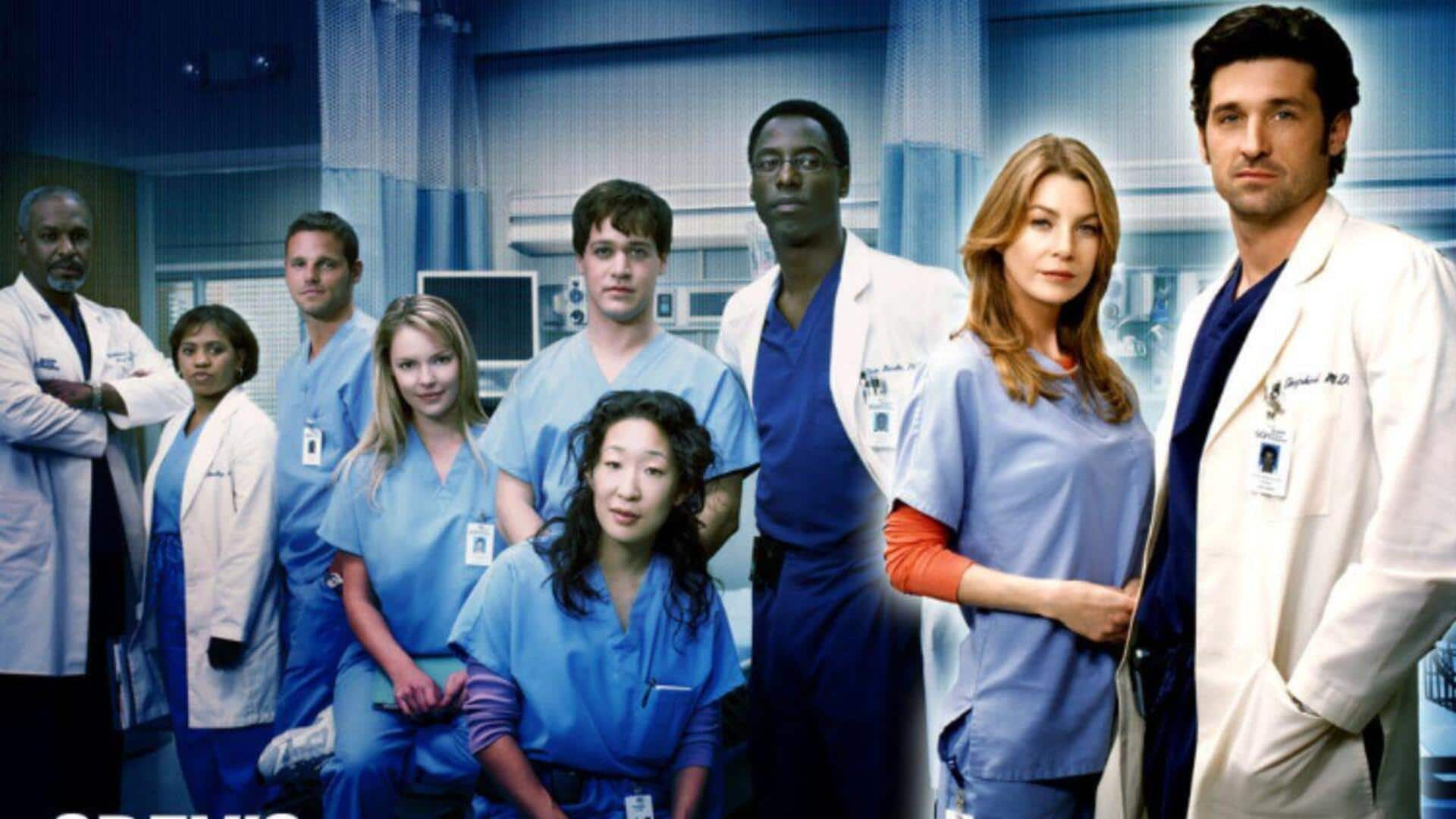
Real surgical lessons from 'Grey's Anatomy'
What's the story
Grey's Anatomy, a staple medical drama, is irresistible with its depiction of hospital life. While we love it for the dramatic storylines, Grey's Anatomy also highlights the importance of surgical teamwork. It emphasizes how surgeons work together, speak to each other, and help one another under duress, just like it happens in real life. Here's a look at surgical teamwork elements in Grey's Anatomy that are real.
Communication
Effective communication among surgeons
In Grey's Anatomy, effective communication is often shown as the cornerstone of successful surgeries. Surgeons are depicted discussing cases thoroughly before entering the operating room, ensuring everyone understands their roles and responsibilities. This mirrors real-world practices where clear communication can significantly impact patient outcomes. By fostering an environment where team members feel comfortable voicing concerns or suggestions, surgical teams can enhance their performance and reduce errors.
Trust
Importance of trust and support
The show often highlights the value of trust between teammates. Surgeons depend on one another to do their tasks well and to intervene when required. This trust is developed over the years, with shared experiences and mutual regard. In reality, trust within a surgical team is imperative for seamless functioning. It enables members to concentrate on their jobs without doubting each other's competency.
Adaptability
Adaptability in high-pressure situations
Surgical teams in Grey's Anatomy frequently encounter the unexpected, leaving them to adapt to evolving situations in real time. This is a necessity in real surgeries, where anything can go wrong at any given moment. Teams that can adjust their tactics as they go along are better suited to deal with emergencies and ensure the safety of the patient.
Learning
Continuous learning and improvement
The series depicts surgeons always learning from every case they face, either through formal training or informal chats with peers. This dedication to continuous improvement resonates with real-world medical practices, where continuing education is essential to remain skilled and updated with advancements in medicine. Promoting a culture of learning within surgical teams contributes to enhanced performance and patient care quality.